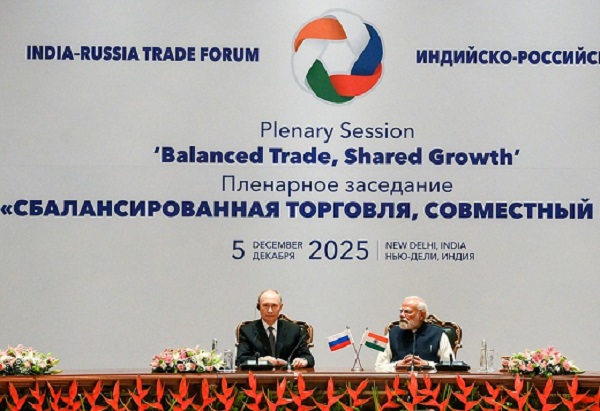.png)

Groupthink is the House View of BasisPoint’s in-house columnists.
August 27, 2025 at 6:45 AM IST
The Reserve Bank of India has two kinds of OMOs at its disposal. The first, once jokingly coined by former Governor Y. V. Reddy, is the “open mouth operation.” The second, more familiar, is the “open market operation.” Currently, it needs both, as words and deeds must work together to repair the damage caused by the June policy gamble.
On June 6, Governor Sanjay Malhotra and his colleagues tried to do too much too soon.
The Monetary Policy Committee slashed the repo rate by 50 basis points and announced a staggered 100-basis-point cut in the cash reserve ratio. These moves were meant to frontload easing, protect banks’ margins, and assure transmission. To offset any exuberance such measures might trigger, the committee simultaneously shifted its stance from accommodative to neutral. The idea was to reassure markets that, although the cuts were large, they were finite.
The strategy misfired. Yields on the 10-year benchmark surged to 6.6% from 6.2% a day prior to the June policy. Rather than cheering the largesse, the bond market rebelled. Investors judged liquidity to be already abundant, with overnight rates below the repo most days. The booster shot was not only unnecessary but destabilising. By tightening its stance so soon after easing aggressively, the RBI left traders confused about its true objectives.
Markets dislike inconsistency more than caution. Had the central bank cut the repo rate by 25 basis points and retained an accommodative stance, it could have preserved credibility while keeping the door open for more action. Instead, the aggressive combination left investors nursing losses and bracing for fewer cuts ahead.
What was intended as clarity turned into a muddle.
The backlash has been sharpened by fiscal realities. Tax collections have slowed, raising fears of higher borrowing by the Centre. Subsidy payments to oil companies are expected to climb, and the proposals to cut goods and services tax rates have further clouded the revenue outlook. State-run banks, often the shock absorbers of the market, have become less willing buyers after tweaks in held-to-maturity guidelines reduced their flexibility. In this environment, supply concerns are acute.
Moral Suasion
This is why communication now matters as much as action. Governor Malhotra could use the “open mouth operation” to remind investors that a neutral stance does not preclude further cuts, policy remains data-dependent, and all options are on the table. He could also stress that the RBI has not abandoned issue management in the bond market and that two-way open market operations remain part of the arsenal. Even these simple reassurances could help restore confidence. His predecessor once called the yield curve a public good. Malhotra need not be that lofty.
The RBI brass could return to the old playbook — using speeches, media briefings, and interactions with the markets to shape expectations.
The cost of ambiguity is already visible. Secondary market activity has thinned, with insurers, pension funds, and state-owned banks staying on the sidelines. Several corporate issuers, including Bajaj Finance and HUDCO, have shelved their bond sales. Maharashtra’s rejection of bids at its latest auction is another symptom of the same malaise. What was once a smooth funding channel now looks fragile.
In calmer waters, silence can reassure. In volatile markets, the absence of even a passing signal risks being mistaken for inaction. That is the danger the RBI now courts.
The lesson from June is that sequencing and signalling matter as much as substance. By frontloading cuts and then slamming the brakes with a stance change, the RBI hoped to get ahead of the cycle. Instead, it has fallen behind the market, now demanding a premium to finance government borrowing.
Whether through open mouth, or open market operations, bond switches or operation twists, the RBI must steady nerves quickly. Doing neither risks letting yields spiral higher and leaving policy at the mercy of sentiment.
The central bank set out to end the suspense. Instead, it has triggered a bond-market mutiny.



